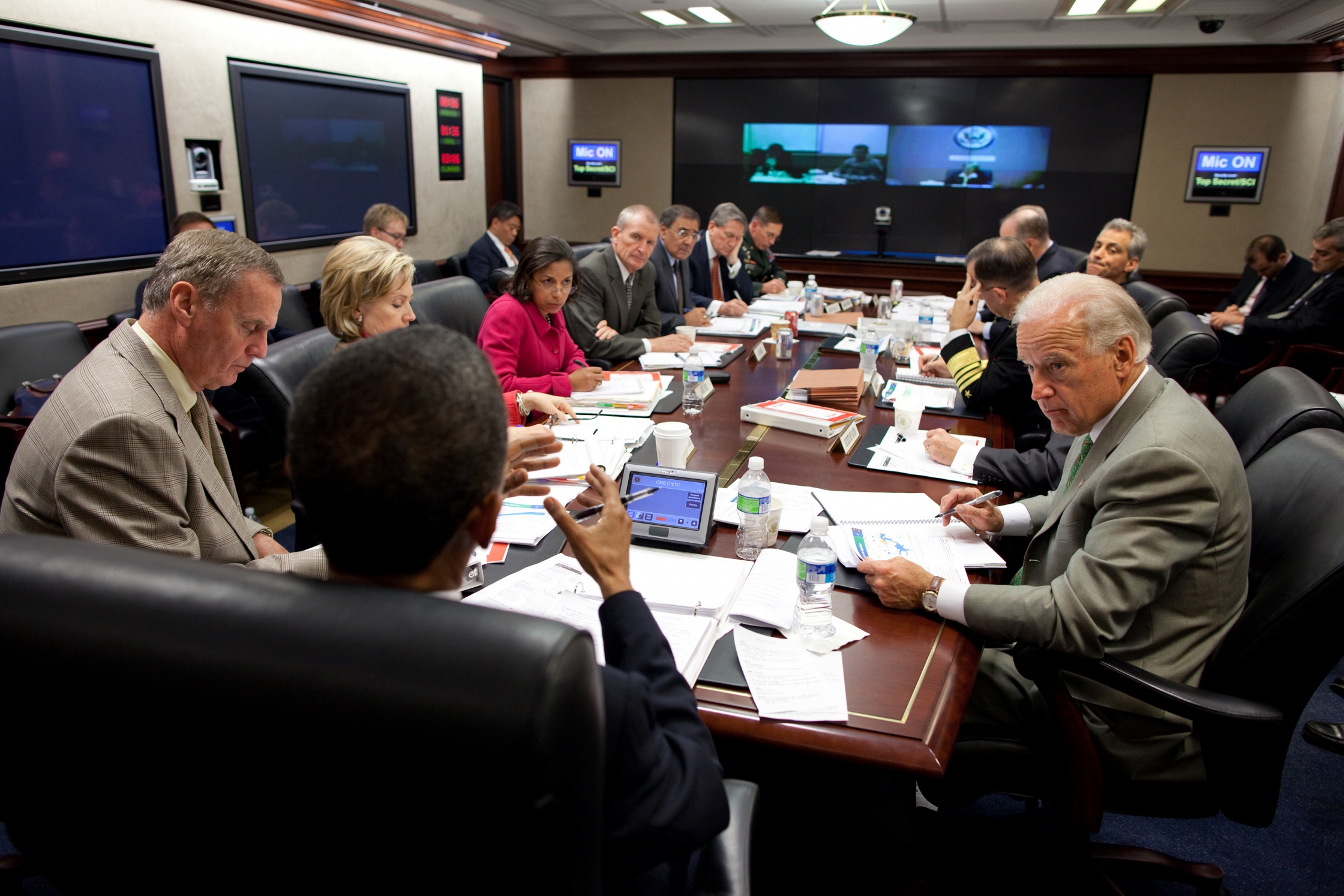
From 2001 to 2021, the United States pursued an unchanging policy objective in Afghanistan: to prevent a terrorist group from using the country as a safe haven in which to plan or launch an attack on the United States. However, despite deteriorating conditions and no apparent hope of military victory, the U.S. goal remained constant even as successive leaders experimented with different strategies to achieve it.
The authors of a RAND report examined the reasons behind this policy inertia through interviews with the senior leaders involved in the policy deliberations between 2001 and 2016. They interviewed the decisionmakers involved in high-level discussions and policy formulation to establish the institutional, informational, and interpersonal dynamics that informed major decisions; capture common interpretations and assumptions; and reconstruct how the deliberative process functioned in practice.
As this analysis details, decisions for how to navigate de-escalation from a conflict under conditions short of victory are tremendously difficult, both practically and politically. With no clear definition of success, bureaucratic inertia took hold, extending the conflict and enabling focus on mechanical details of its execution rather than its ultimate intent. The dynamics of the policy process further prevented dramatic policy change. Psychological factors promoted risk aversion and a continued escalation of commitment, even when the mission itself became poorly aligned with national priorities. Additionally, frictions between civilian and military leaders and with the Intelligence Community further prevented fundamental reassessments of the mission.
Key Findings
- The expanding, open-ended mission in Afghanistan led America into a policy trap in which victory was seemingly impossible to achieve but withdrawal was not politically or psychologically palatable. The absence of clear, achievable metrics for success led to strategic scope creep as decisionmakers sought a strategy that would secure a positive outcome.
- Early decisions, such as lumping together the Taliban and al Qaeda, precluded a political settlement in the early years of the conflict that might have made a negotiated peace attainable.
- When the Iraq conflict took precedence during the Bush Administration, the lack of institutional safeguards to ensure that resources were reserved for monitoring Afghanistan meant that basic assumptions were not questioned, early signs of Taliban resurgence were overlooked, and potential correctives were not formulated.
- Tension and mistrust characterized civil-military relations. The nature of the conflict forced the military into areas beyond its traditional expertise and resulted in significant civilian involvement in military strategy and resourcing. Because the military felt that it was the stakeholder with the most to lose, it carefully controlled the options that were presented to civilian leaders and often seemed to box decisionmakers into a narrow set of options.
- The Obama Administration constructed multiple avenues for data collection, analysis, and deconfliction, but its highly centralized system lagged behind the pace of events and was as likely to frustrate as to empower its participants.
- Policies and strategic objectives were difficult to adjust because of bureaucratic inertia and the related momentum of the existing mission.
– RAND Corporation

